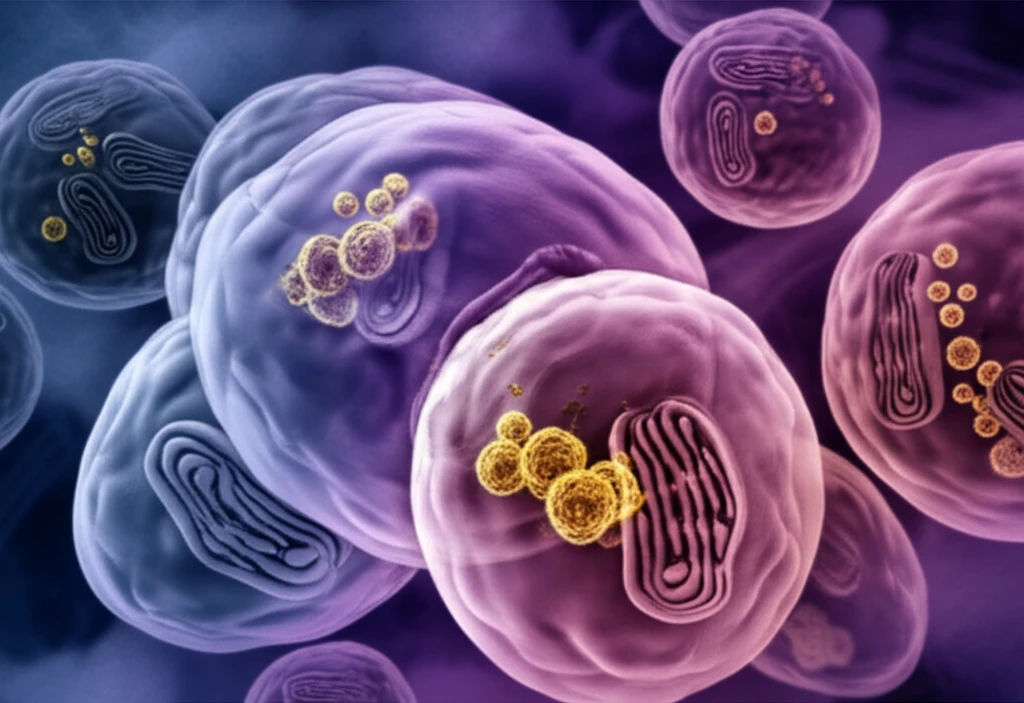
Unlocking the Secrets of AMD: A Deep Dive Into Eye Health and Cutting-Edge Research
"New insights into age-related macular degeneration (AMD) offer hope for better vision and treatments. "
Age-related macular degeneration (AMD) poses a significant threat to vision, impacting millions worldwide. As a progressive eye disease, AMD gradually damages the macula, the central part of the retina responsible for sharp, central vision. This leads to blurred or distorted vision, making everyday activities like reading or driving increasingly difficult.
Understanding the complexities of AMD is critical. This involves examining the cellular changes occurring within the retina, particularly in the retinal pigment epithelium (RPE). The RPE plays a vital role in maintaining the health of the photoreceptor cells, which are essential for vision. Recent studies shed light on how these cells change with age and the impact these changes have on the development of AMD.
This article delves into the latest research on AMD, focusing on the alterations within the RPE and the potential for new treatments. We will explore the science behind the disease, discussing the cellular processes involved and the innovative approaches being developed to combat AMD and preserve vision.
The Cellular World of AMD: Unraveling the Changes in the Retinal Pigment Epithelium

At the core of AMD lies the RPE, a layer of cells critical for maintaining the health and function of the retina. Think of these cells as the unsung heroes of your vision, supporting the photoreceptors that allow you to see. The latest research has uncovered how these vital cells undergo significant changes as we age, contributing to the development of AMD.
- Mitochondrial Dysfunction: Decreased energy production and oxidative stress.
- Lipofuscin Accumulation: Disrupting RPE function and contributing to cell damage.
- Peroxisome Changes: Alterations in lipid metabolism, affecting cellular health.
Looking Ahead: New Strategies and the Future of Vision
The fight against AMD is ongoing, with researchers continually working to unravel its complexities and develop effective treatments. The insights into RPE changes and other cellular processes provide a solid foundation for future discoveries. As research progresses, there is hope that new therapies will become available to prevent, slow, or even reverse the effects of AMD. By staying informed and supporting ongoing research, we can collectively move closer to a future where AMD is no longer a leading cause of vision loss.
